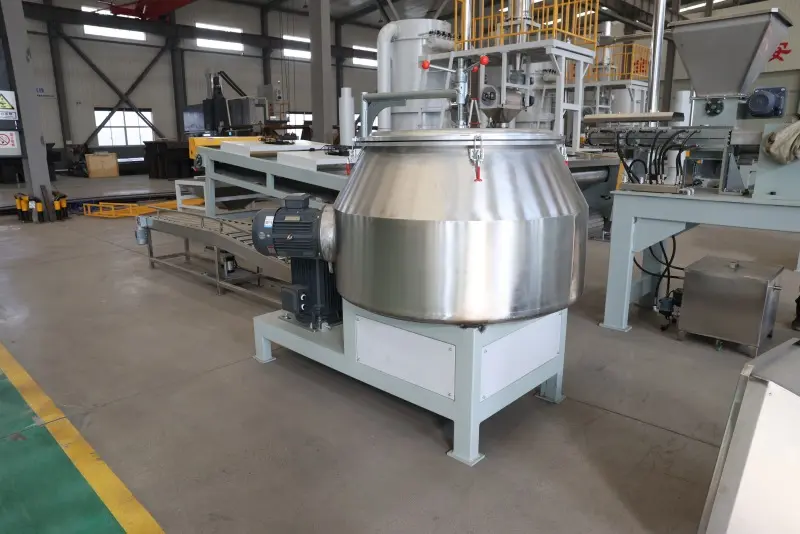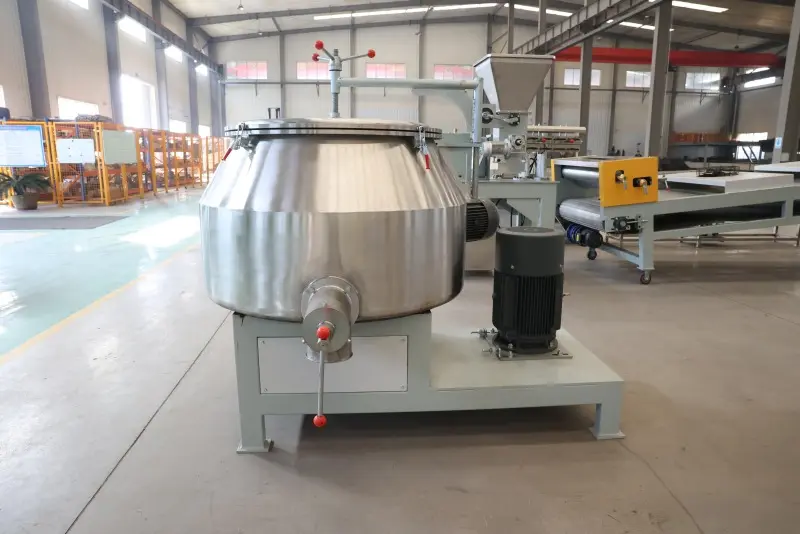How to buy a mixing equipment?
Buying a mixing equipment is a process that requires a number of factors to be considered to ensure that the equipment selected meets production requirements and offers good value for money. The following are some detailed buying advice:
First, clear needs
Application areas and target products: first determine the mixer will be used in which industry, as well as the specific materials to be processed. Requirements for the mixer may vary from industry to industry and material to material.
Production capacity and batch size: Evaluate the amount of mixing required for day-to-day production and whether you need to handle large or small batches of material. This will have a direct impact on the capacity selection of the mixer.
Blending accuracy and uniformity: Determine the level of blending accuracy and uniformity required based on product requirements. High-precision mixing may require more advanced mixer models.

Second, consider the technical parameters
Mixing capacity and power: according to the production needs to choose the appropriate mixing capacity, and to ensure that the power of the mixer is sufficient to meet the production requirements.
Speed range and adjustability: different materials may require different speeds to achieve the best mixing results. Therefore, the speed range and adjustability of the mixer are also important considerations.
Mixing efficiency and homogeneity specifications: Understand the mixing efficiency and homogeneity specifications of the mixer to ensure that the equipment selected is capable of meeting production standards.
Temperature control capability (if required): for mixing processes that require temperature control, select a mixer with temperature control capability.
Third, pay attention to the material and durability
Material of the main body of the equipment and mixing components: choose corrosion and wear-resistant materials to extend the service life of the mixer.
Corrosion and abrasion resistance: This is especially important for mixers that handle corrosive or abrasive materials.
Expected service life: consider the expected service life of the mixer to ensure that the selected equipment can operate stably for a long time.
Fourth, assess the supplier
Well-known brands and suppliers: Choose suppliers with good reputation and rich experience to ensure that you get high-quality products and excellent after-sales service.
Industry reputation and customer evaluation: By checking the industry evaluation and customer feedback, understand the supplier's service quality and product quality.
Technical support and after-sales service capability: Ensure that the supplier is able to provide timely technical support and after-sales service to solve problems that may arise in the course of use.
Fifth, site visits and demonstrations
If possible, visit factories using similar equipment to understand the actual operation and effect of the mixing equipment. At the same time, ask the supplier to provide equipment demonstration or trial, in order to more intuitively assess the performance of the mixer.

Sixth, consider the price and cost-effectiveness
Comparison of quotes: Compare the quotes from different suppliers and choose a cost-effective mixer.
Long-term operating costs: Consider the long-term operating costs of the mixer, such as energy consumption and maintenance costs, to ensure that the selected equipment is economically viable.
Seventh, other considerations
Customisation options: Ask the supplier if it can be customised to meet specific needs to meet special production requirements.
Safety and compliance: Ensure that the mixer complies with relevant safety standards and industry norms for production safety.
Training and support: find out about the operational training and technical support offered by the supplier for better use and maintenance of the mixer.
In summary, purchasing a mixer requires a combination of factors, including defining needs, considering technical parameters, focusing on materials and durability, evaluating suppliers, site visits and demonstrations, and considering price and cost-effectiveness. Through careful comparison and evaluation, you can choose the mixing equipment that best suits your production needs.
Related Products
Submitted successfully
We will contact you as soon as possible


